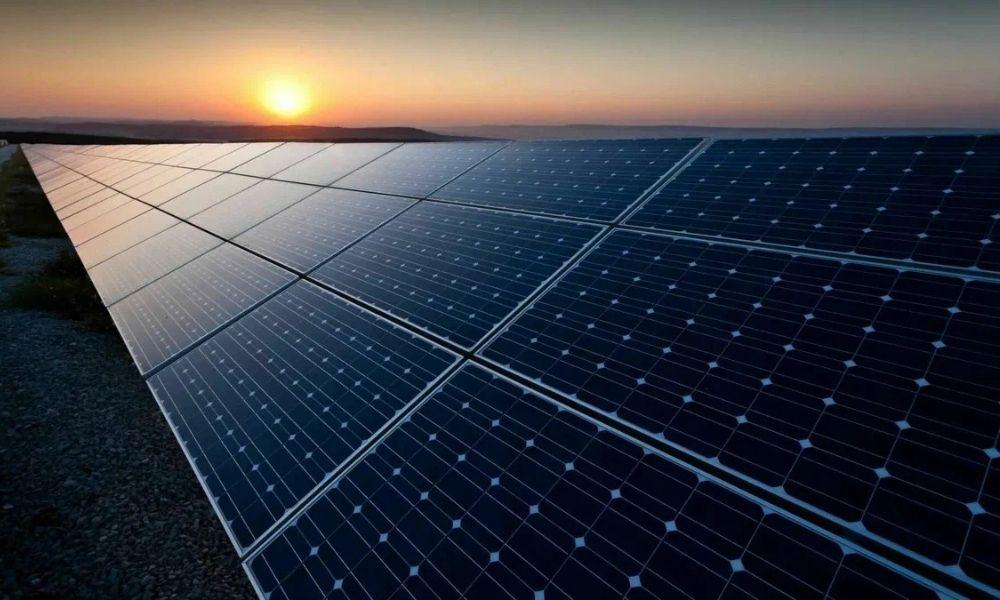Why does solar power generation decline?
Ten Key Factors Affecting Solar Power Efficiency

Solar Radiation
With a certain conversion efficiency of solar panels, the amount of electricity generated by a solar system is affected by the intensity of solar radiation. The amount of solar radiation is mainly affected by geographical location, seasons, and weather. Places at lower latitudes have a little bit longer sunshine. The more radiation it absorbs, the better the efficiency of the solar system.
Tilt Angle and Orientation
The tilt angle of the solar panels has a significant impact on the power generation effect of the solar system. The right tilt angle enables the solar panels to receive more solar radiation. The setting of the tilt angle needs to be considered according to the local latitude, season, and climate conditions.
Masking of shadows
Shadows from nearby buildings, trees, or other obstacles can reduce the amount of light received by solar panels, leading to decreased power generation. Therefore, when installing a solar energy system, you need to choose an unobstructed location. This is important.
Controller and Inverter Efficiency
Controllers and inverters are important components of the solar system. They are responsible for converting the DC power generated by solar panels into AC and supplying it to the load. Their efficiency directly impacts the overall power generation efficiency of the solar system. When selecting controllers and inverters, it is important to focus on their efficiency ratings and choose high-efficiency products.
Efficiency of Solar Panels
The efficiency of solar panels refers to their ability to convert light energy into electrical energy. The higher the efficiency, the more power the solar system produces. Thus, the selection of high-efficiency solar panels is the key to improving solar power generation.
Combination Loss
Combination loss is when multiple solar panels are connected in series or parallel, resulting in energy losses due to performance differences between connections and connection resistance. These losses can reduce the overall efficiency of the solar system, so it's important to ensure proper solar panel matching and minimize degradation.
Temperature Characteristics
Generally, the output power of solar panels decreases as the temperature rises. Therefore, a high-temperature environments, the power generation efficiency of the solar system will be affected to some extent. The conversion efficiency of solar systems can be improved by adopting reasonable heat dissipation measures, maintaining good ventilation conditions, and selecting heat-resistant solar panels.
Dust and Snow Accumulation
Dust and snow accumulation can cover the surface of solar panels, reducing their ability to receive solar radiation and leading to a reduction in power generation. Regular cleaning and maintenance of solar panels can help minimize dust and snow accumulation.
Maximum Power Point Tracking (MPPT)
MPPT technology is a technology that allows for real-time tracking of the maximum power point of solar panels and adjusts output parameters accordingly. This enables solar systems to operate at their maximum power point, increasing power generation efficiency.
Line Losses
Line loss is the energy loss in a solar system due to the resistance of cables, connectors, and other components. In practice, it is necessary to choose the right cable size, reduce cable length, reduce the number of connectors, and other ways to reduce line losses.
All in all, understanding the factors that affect the power generation efficiency of solar systems helps users implement regular maintenance, proper installation, and the selection of high-efficiency solar panels to optimize system performance and achieve sustainable energy utilization.